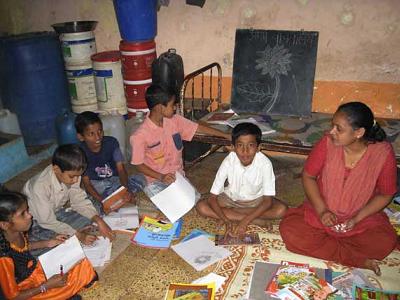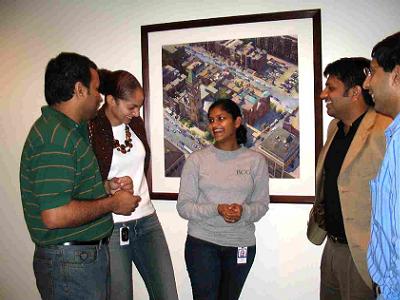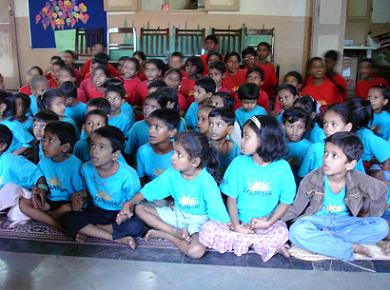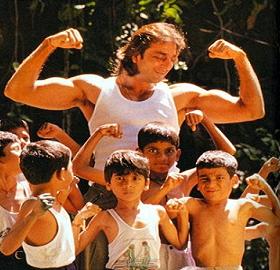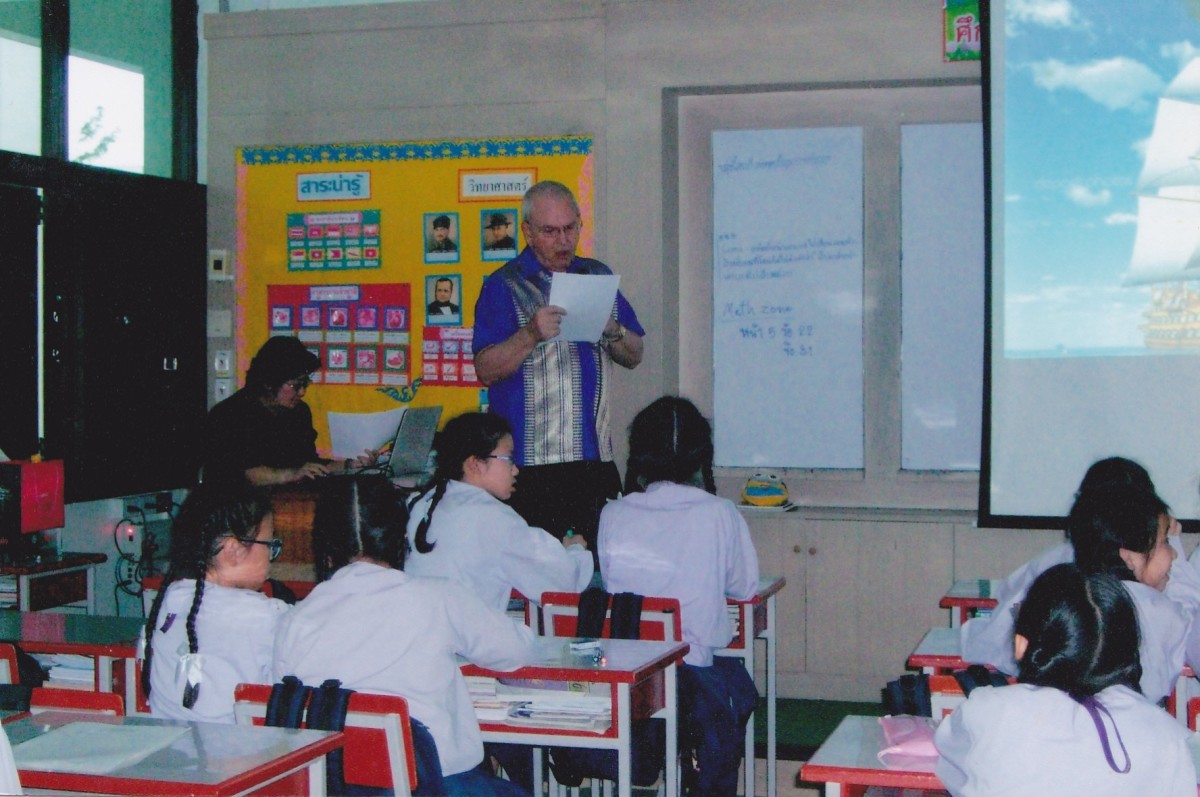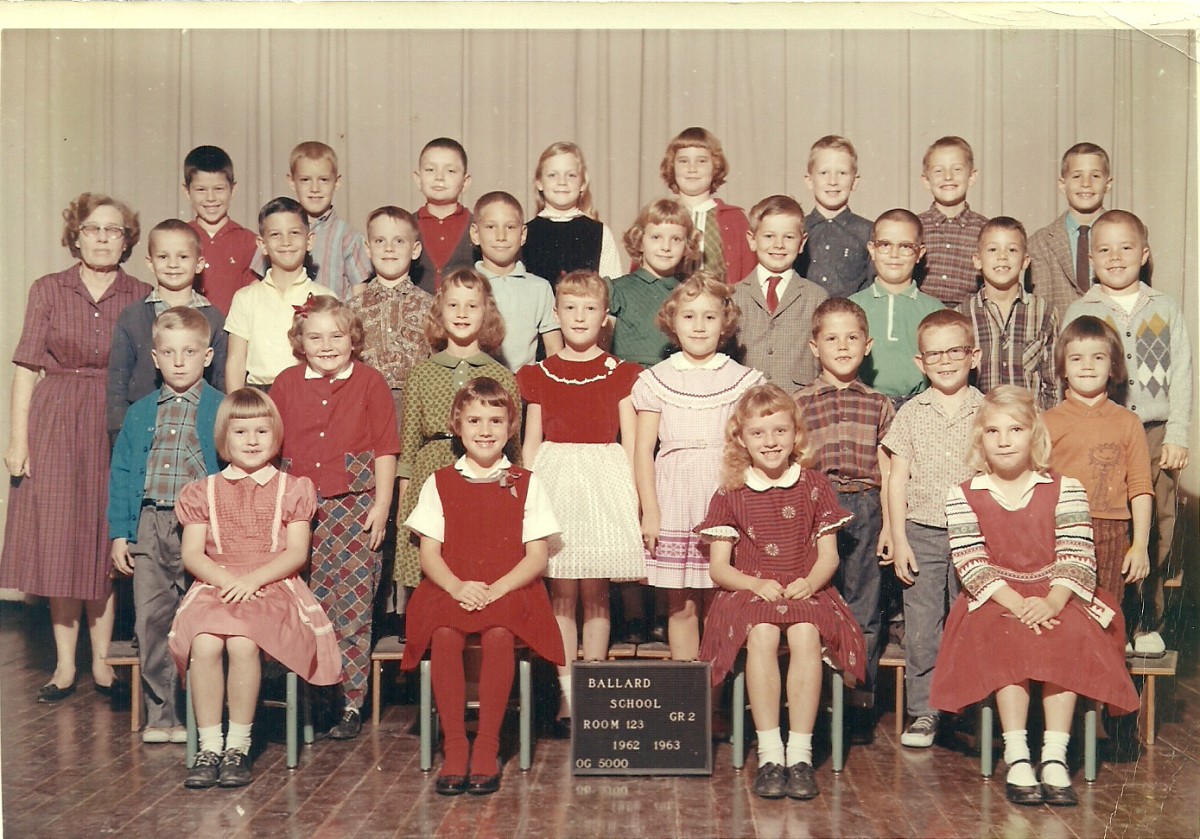Childrens Education In India
How do you go from a rural India in 2006 in which
- close to half the children in grade 1 could not recognize numbers or letters,
- almost half the children in grade 2 couldn't read a grade 1-level text fluently,
- almost half the children in grade 2 couldn't do a 2-digit subtraction confidently,
- about half the children in grade 5 couldn't read a grade 2-level text easily,
- about half the children in grade 5 couldn't do a simple division problem
To a situation by 2009 in which:
- all grade 1 children know at least the alphabet and numbers,
- all grade 2 children can read at least simple words and do simple sums,
- all grades 3-5 children can at least read simple texts fluently and solve arithmetic problems confidently
And the proposed target - about 100 million children?
I recently read an article regarding the NGO - Pratham based at Meerut District in Uttar Pradesh. The staff members highlighted were Ashish Sharma and Nuzhat Mallik of the education NGO, Pratham.
The journalist apparently was sucked into a symphony of singing and movement and for a moment was at a loss of words. Children were following a young man who was singing about an Elephant and the energy among the children is palpable. Not the sort of thing, to be found among Government Schools. In short, this is Pratham’s Read India campaign at work.
There are many organizations that promote literacy and education by running schools in the slum and rural areas for poor children in India. In addition to Pratham, there are other great organizations such as Akanksha and Child Aid Foundation that are doing terrific work to get children reading
A recent report from the World Bank says that children with disabilities are five times more likely to be out of school compared to the average child. In nearly every society, children with disabilities generally are excluded from opportunities for an education by a wide range of barriers such as lack of accessible transportation (buses have no lifts); the assumption that they cannot learn or cannot be taught; lack of awareness of how to meet their needs in the classroom; the assumption that it is not possible to meet their needs while simultaneously teaching a whole classroom of other children; lack of appropriate accommodations such as Braille materials (or even the chance to learn Braille) for blind children or a fully immersive sign language environment for deaf children; and so forth.
Bringing a quality basic level education to 100 million Indian children is a fine goal. But it cannot be achieved until there are targeted efforts to ensure that disabled children are included among these 100 million
For more information, or for those interested, do try and get in touch with Ms. Farida Lambay of Pratham for information on the vulnerable children in India
Education really is the key.
